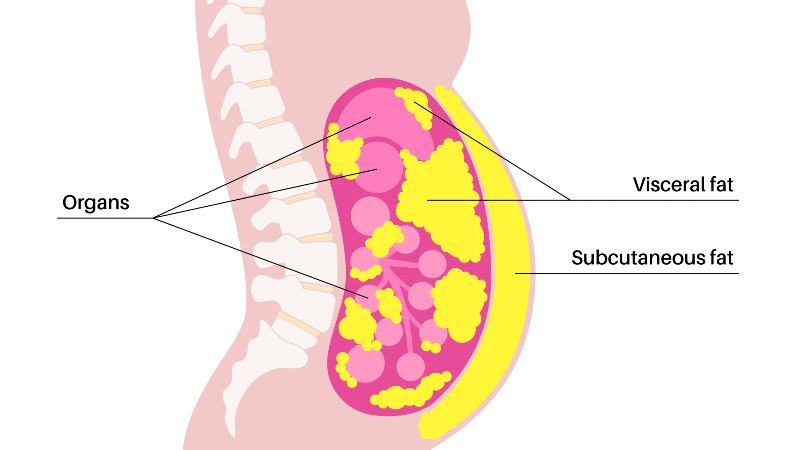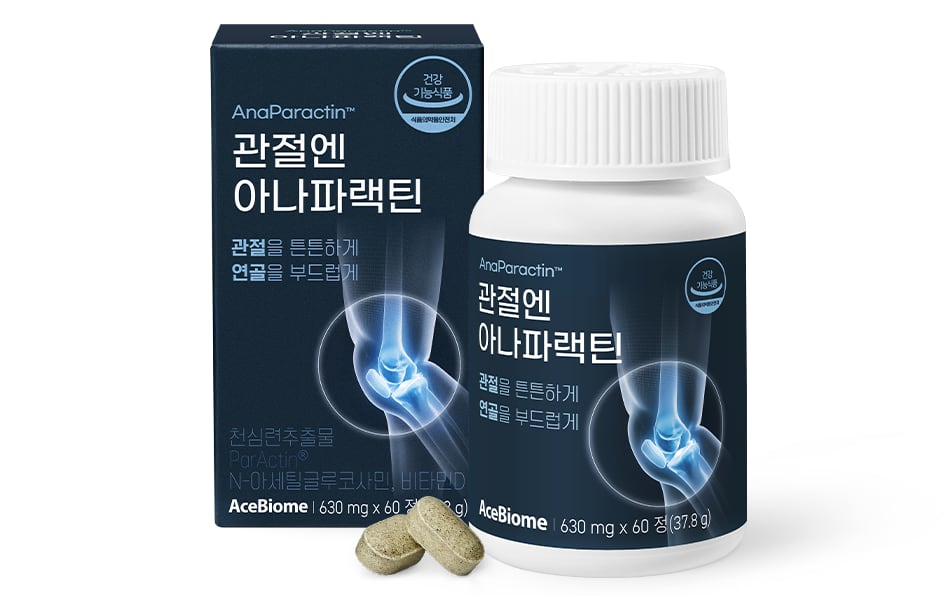Lactobacillus sakei OK67 (L. sakei OK67), is a Gram-positive, anaerobic and acid-resistant lactic acid bacterium typically found in large amounts in kimchi, a traditional fermented food in South Korea.
To examine the effect of L. sakei OK67 in regulating body and visceral fat in lifestyle-modified overweight individuals, a randomised, double-blind, placebo-controlled clinical trial was conducted at Inje University Seoul Paik Hospital from June 2018 to November 2019.
Findings from the study were recently published in peer-reviewed journal Nutrients.
A total of 74 participants, comprising both males and females, who had BMI of 25 to 30 kg/m2, and aged between 20 and 60 years, were included in the final analysis.
The L. sakei OK67 product used in this clinical trial is called DW2010, which was manufactured and provided by South Korean biotech firm CHEBIGEN Inc.
The participants were randomly assigned to take either DW2010 (2g/day, 1.0 × 1010 CFU) or a placebo for 12 weeks.
During the trial, both groups were instructed not to ingest any dietary supplements or traditional medicines, engage in strenuous physical activity, or consume alcohol.
In addition, all participants were told to reduce energy intake by 500 kcal per day, and to burn 300 kcal or more daily via working, moving, and leisure activities.
Body fat mass, body fat percentage, and lean body mass were measured using dual-energy X-ray absorptiometry (DEXA), while changes in visceral fat in the abdomen were assessed using computed tomography (CT).
Findings showed a statistically significant (p = 0.035) difference between the groups in visceral fat area at the end of the study period.
Visceral fat area in the DW2010 group was reduced by 10.27 ± 15.17cm2 on average, whereas the decrease in the placebo group was 0.94 ± 21.51 cm2 on average.
On the other hand, DEXA scans showed that the DW2010 group and the placebo group respectively lost on average 764.17 ± 1513.1g and 898.0 ± 1571.3g of body fat mass after 12 weeks.
Anthropometry and body composition, including body fat mass, did not differ markedly between the groups at baseline (0 weeks) or 12 weeks.
“No major adverse events were reported during the trial. Overall, the intake of DW2010 for 12 weeks is safe and could potentially reduce visceral fat in lifestyle-modified overweight individuals,” said the researchers.
Importance of reducing visceral fat
Excessive fat accumulation in the adipose tissue could lead to low-level inflammation, which in turn induces obesity.
In fact, fat accumulation around the abdominal viscera (internal organs in the upper abdomen, namely liver, pancreas, spleen, adrenals and kidneys) is considered to have more negative health implications than obesity.
Visceral fat, or abdominal obesity, is a major risk factor for systemic inflammation, hyperlipidemia, insulin resistance, metabolic disorders, and cardiovascular disease.
“It should be noted that abdominal obesity does not always occur in individuals with a high BMI. People of normal weight can be metabolically obese if they have immoderate visceral fat.”
Findings from this study indicated that visceral fat was “considerably regulated upon the ingestion of DW2010”.
“Food intake modifications, dietary supplements, and drugs can lower body fat mass in a very short time, although the effects may be temporary. Reducing accumulated abdominal visceral fat, however, could be challenging.
“DW2010 is clinically safe and has therapeutic potential for treating obesity by regulating visceral fat. Subsequent studies are required to investigate the long-term effects of DW2010 on visceral fat and human health,” the researchers concluded.
Source: Nutrients
https://doi.org/10.3390/nu15133074
“Effect of Lactobacillus sakei OK67 in Reducing Body and Visceral Fat in Lifestyle-Modified Overweight Individuals: A 12-Week, Randomized, Double-Blind, Placebo-Controlled Clinical Trial”
Authors: Seong-Jun Oh, et al





